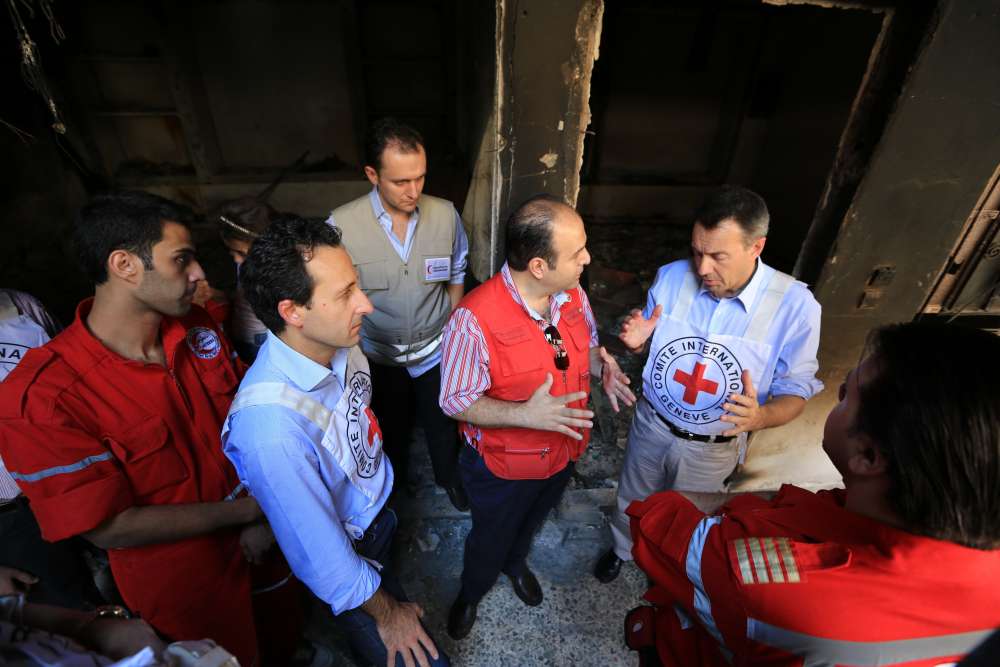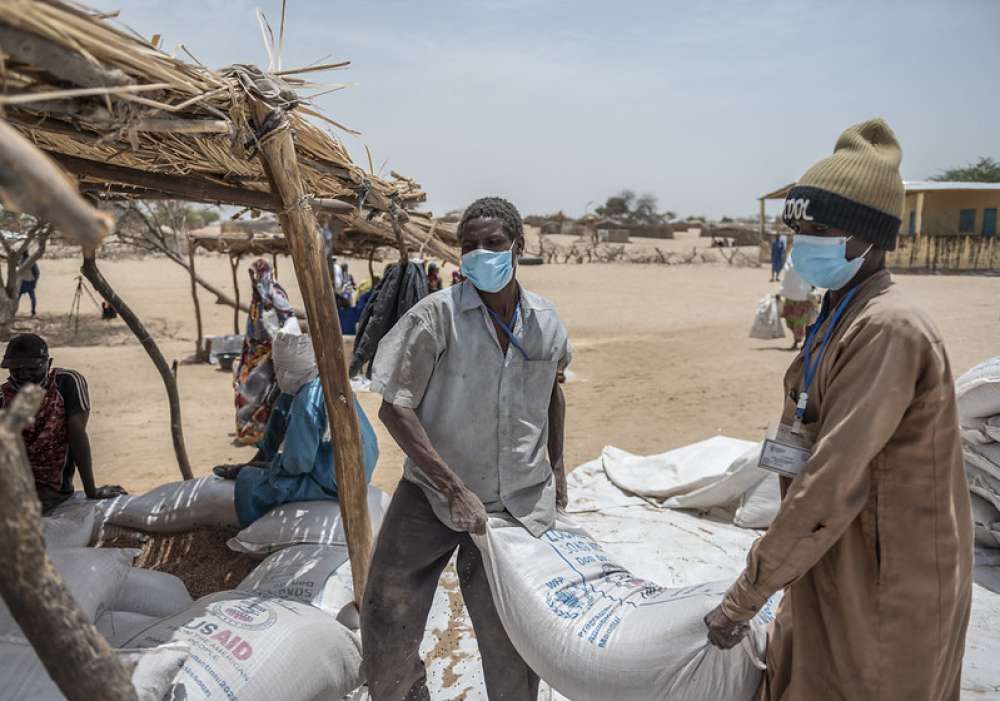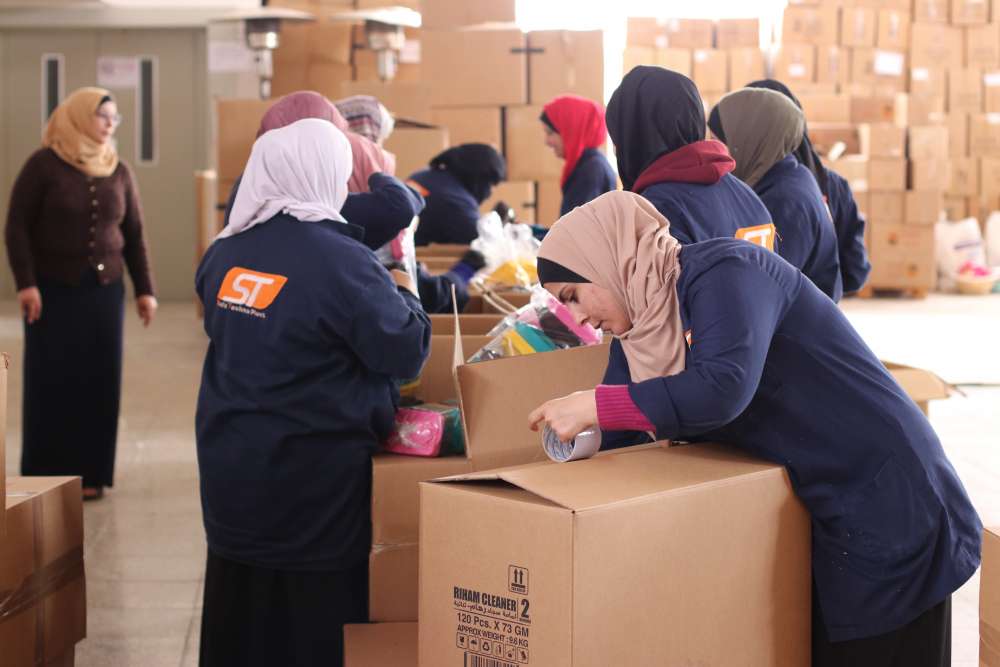Listening to Communities in Insecure Environments

Background
In insecure environments, where humanitarian staff have limited opportunities for face- to-face interactions with communities, achieving accountability to affected populations is more complex and often requires a mix of approaches. Community feedback mechanisms can be a valuable tool to strengthen community engagement, to increase local support and to improve the quality of humanitarian programming.
This SAVE resource paper presents findings on the effectiveness and appropriateness of community feedback systems in Afghanistan, South Central Somalia and Syria. The research involved consultations with crisis-affected communities, aid agencies and donors, as well as a review of relevant documentation and literature.
Main Findings
Despite similarly high levels of risk to humanitarian operations and corresponding access constraints, existing feedback processes are remarkably different in Afghanistan, South Central Somalia and Syria. Aid agencies use different media to collect and respond to feedback, and the number and density of formal feedback channels varies between the three contexts. In Afghanistan, most agencies rely on informal conversations with local community representatives. In South Central Somalia, formal phone-based feedback mechanisms such as hotlines and SMS platforms are much more prevalent. In Syria, communication with affected communities mostly happens through local agencies and local councils – both face-to-face and through online communication platforms such as WhatsApp. These different feedback landscapes reflect different socio-cultural environments, as well as different expectations from donors to establish mechanisms.
Despite the differences in available feedback mechanisms between the three contexts, the views from communities consulted are remarkably similar and skeptical. Very few crisis-affected people have been asked for their opinion about the aid they received, and they criticize agencies for relying too much on local community representatives, for not involving them when planning projects and for a lack of follow-up after providing feedback.
Most humanitarian staff also expressed dissatisfaction, including that their mechanisms do not deliver the type and volume of feedback that the agency expected. Many aim to find out about corruption and aid diversion by partners or local representatives, but such complaints remain rare. Agencies report that they do regularly receive useful feedback about program quality – another key objective of feedback mechanisms – but mainly through their face-to-face channels. Most incoming feedback concerns day-to-day operational matters.
Conclusion
Setting up functioning feedback mechanisms in insecure areas does not require new or radically different approaches. Rather, agencies should make use of existing guidance and adhere to documented good practice. In addition, the research identified the following lessons:
- Make communication more inclusive. Instead of only consulting ‘key informants’, agencies should actively seek the views of those without power and inform them about their rights and entitlements. Targeted community outreach with field staff or, where access is constrained, through carefully selected third parties can help gather perspectives of a more representative sample.
- Face-to-face feedback channels are most valuable, but require formal procedures to ensure follow-up and learning. Agencies that are close to the ground are best positioned to lead communication efforts. A more systematic approach with sufficient capacities and procedures is needed, however, to ensure that feedback is recorded, analyzed and responded to.
- Inclusive communication involves multiple, different feedback channels. Face-to-face contact by local field staff or implementing partners needs to be complemented with other communication channels in order to connect crisis-affected people with international agencies and donors without field presence. Agencies need to involve affected communities when choosing and designing these mechanism(s).
- Enable two-way communication instead of only extracting information. To receive meaningful feedback, agencies need to invest in making communities aware of available feedback channels, and inform them about their rights and entitlements.
- Where multiple agencies are present, more collaborative communication with communities is required. From a community perspective, joint or inter-agency feedback mechanisms are less confusing and more user-friendly. Still, such systems remain rare since agencies are often not willing to share (sensitive) information with others and because of the initial costs involved. While a comprehensive common feedback project may not always be realistic or desirable in all contexts, agencies should take steps towards greater collaboration, for instance through joint standards on feedback mechanisms.
- Donors should shape feedback practice more actively. To avoid duplication and to promote wider utilization of feedback, donors should provide incentives for agencies to meet good practice standards and to participate in joint initiatives. Moreover, demanding feedback is only effective if donors create an atmosphere in which agencies feel comfortable to also share the negative feedback they receive. Donors should also make sure that their compliance requirements do not hinder responsive programming; rather, they should provide flexible funding so that agencies are able to make changes to their programs based on input from communities.
…
The full paper is available for download.
The summary is also available for download in Arabic, English, and French.
SAVE was a three-year research program that explored how to provide effective and accountable humanitarian aid in insecure contexts.







